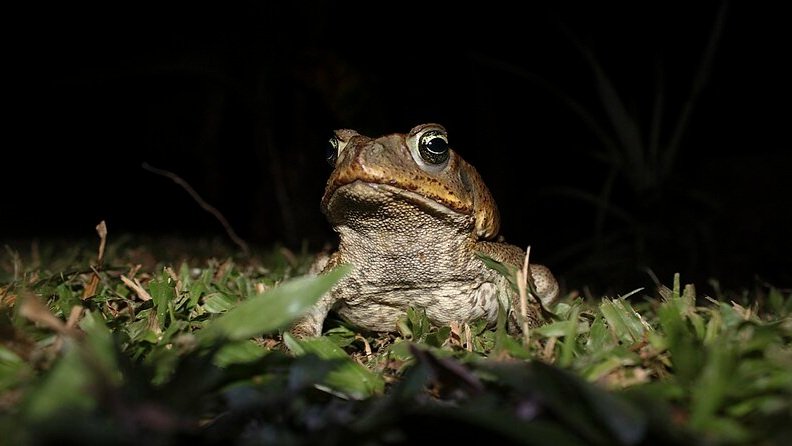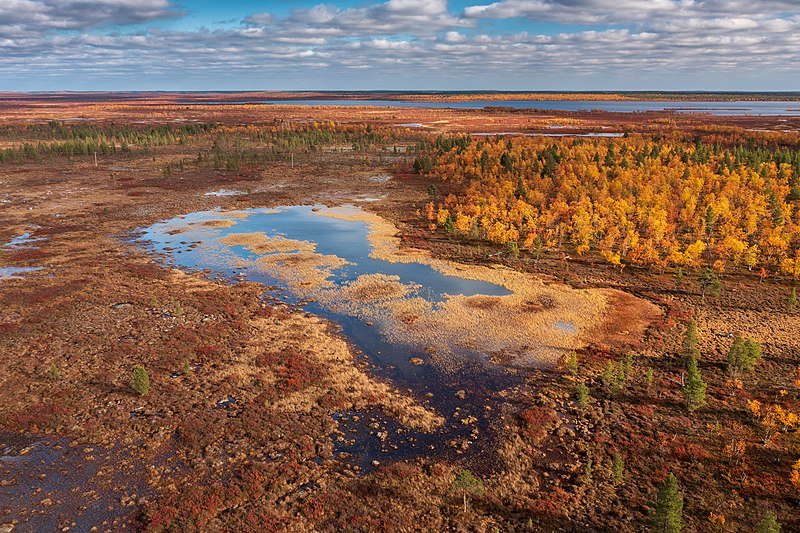The unintentional introduction of invasive species has had far-reaching consequences for ecosystems worldwide. Whether through human activities, global trade, or unintended transport, these invaders have rapidly established themselves in new habitats, often outcompeting native species and causing significant ecological disruptions. In this blog post, we will explore five notable instances where invasive species were accidentally introduced, highlighting the unintended consequences that have unfolded as a result.
Zebra Mussels - The Great Lakes
Image by Bj.schoenmakers
Zebra mussels, native to the Caspian and Black Seas, were unintentionally introduced to the Great Lakes in the 1980s, likely through ballast water discharged by cargo ships. These small, striped mollusks have since proliferated, impacting the ecosystem in multiple ways. They attach to surfaces such as rocks and pipes, causing damage to infrastructure, and filter large amounts of plankton, disrupting the food chain. The zebra mussels' rapid spread and ability to outcompete native species have led to significant ecological changes in the Great Lakes, posing challenges for conservation and management.
Ship Rats and Feral Cats - New Zealand
Image by H. Zell
The accidental introduction of ship rats and feral cats to New Zealand has had devastating effects on native bird species, including the critically endangered kakapo. Ship rats, stowaways on European ships, prey upon kakapo eggs, chicks, and even adults. Feral cats, introduced by European settlers, further compound the threats to the kakapo population. The combined predation pressure from rats and cats has pushed the kakapo, a flightless parrot, to the brink of extinction. Ongoing conservation efforts involve predator control, habitat restoration, and intensive management to protect and restore kakapo populations and ensure the survival of this unique species.
Asian Longhorned Beetle - United States
Image by David J. Barber
The accidental arrival of the Asian longhorned beetle in the United States can be traced back to wooden packing materials used in shipping crates. This destructive beetle, native to China and Korea, was first detected in New York City in 1996. With a penchant for hardwood trees, the Asian longhorned beetle poses a serious threat to forests across the country. Its larvae bore into tree trunks, causing extensive damage that weakens and ultimately kills host trees. Intensive eradication efforts, including tree removal, quarantines, and public awareness campaigns, are undertaken to prevent the spread of this invasive beetle and protect valuable ecosystems.
Cane Toad - Australia
Image by Brian Gratwicke
Originally introduced to Australia in the 1930s as a biocontrol measure for sugar cane pests, the cane toad has become an ecological nightmare. The toads, native to South and Central America, quickly spread beyond their intended habitat and are now a pervasive invasive species. Their toxic skin secretions, which protect them from predators, pose a serious threat to native wildlife. Indigenous predators and even curious domestic pets that encounter cane toads can suffer severe illness or death. The toads' rapid expansion and impacts on native species have highlighted the importance of rigorous biosecurity measures and research to manage their presence.
Brown Treesnake - Guam
Image by Pavel Kirillov
The accidental introduction of the brown treesnake to Guam during World War II is a classic example of an invasive species wreaking havoc on native biodiversity. The snakes, likely stowaways on military vessels, rapidly multiplied in the absence of natural predators on the island. Their predation on native bird species, such as the flightless Guam rail, caused dramatic population declines and local extinctions. The loss of these native birds has led to cascading effects throughout the ecosystem. Snake removal programs, refuge areas, and public education campaigns have been implemented to mitigate the snake's impact, but the battle against this invasive species continues.
European Green Crab - North America
Image by CSIRO
The European green crab, unintentionally introduced to North America in the early 19th century, has since become one of the most notorious invasive species along the continent's shores. Likely transported in ballast water and on ship hulls, these aggressive crustaceans have spread rapidly, outcompeting native species for resources and wreaking havoc on coastal ecosystems. Green crabs voraciously consume shellfish, including commercially valuable species like clams and mussels, threatening both ecological balance and local economies. Monitoring programs, research initiatives, and local control efforts aim to mitigate the ecological and economic impacts of this invasive crab.
The accidental introduction of invasive species serves as a stark reminder of the unintended consequences that can arise from human activities and global interconnectedness. The examples highlighted above demonstrate the wide-ranging ecological disruptions caused by unintentionally introduced invasive species, impacting native wildlife, ecosystems, and local economies. Effective prevention measures, early detection systems, and rapid response initiatives are crucial in minimizing the impacts of unintentionally introduced invasive species. By raising awareness, implementing robust biosecurity measures, and promoting responsible trade and transportation practices, we can strive to prevent future introductions and protect our vulnerable ecosystems from the accidental invaders.











